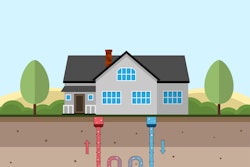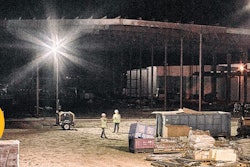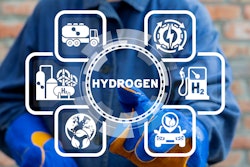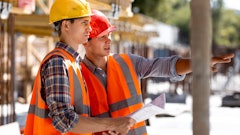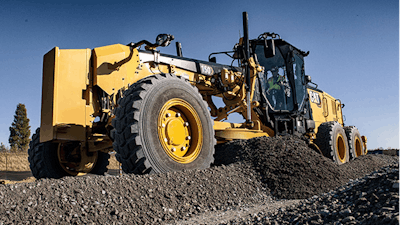
This blog was updated on 6/6/2023.
The U.S. Environmental Protection Agency defines green building as “the practice of creating structures and using processes that are environmentally responsible and resource-efficient throughout a building’s lifecycle.” Many RFPs are beginning to specify the use of these approaches. Have you incorporated any of the following strategies into your projects?
1. Alternative Energy Sources
The most obvious strategy is the move away from power sources that require fossil fuels toward the use of solar panels, wind turbines, geothermal power and other substitutes. Good news: The cost of these energy sources continues to decrease. They’re even cheaper than fossil fuels in some cases.
2. Innovative Building Design
If you can control your thermostat, lights or appliances from your phone, you live in a smart home. Smart building design is similar. It employs automation to control lighting, heating and cooling, ventilation and security — making these structures more energy-efficient than traditional ones. Zero-net-energy buildings take that a step further. The total amount of energy used by these structures is equal to the amount of renewable energy generated on or off-site.
3. Alternative and Recycled Construction Materials
It’s not just building design that’s changing. It’s also the materials used for construction. That includes:
- Bamboo as a substitute for hardwood
- Ceiling tiles made from slag wool from the steel industry, newspaper, glass and sugar cane
- Insulation made from sheep’s wool, cotton from recycled clothing, straw bales and wood fiber
- Flooring made from recycled rubber, tires, vinyl and PVC plastic
- Hot-mix asphalt using reclaimed asphalt pavement (RAP), reclaimed asphalt shingles (RAS), ground tire rubber (GTR) and steel slag
- Recycled concrete
4. Cool Roofs and Low-Emitting Windows
Have you heard of the “heat island effect”? Urban areas often experience higher temperatures than outlying areas because buildings, roads and other infrastructure absorb and re-emit more of the sun’s heat. Cool roofs feature specially designed tiles and reflective paints to minimize this effect and help buildings stay cooler. Low-emitting windows are coated with a metallic oxide material that blocks the sun’s rays during the summer and keeps heat from escaping in winter.
5. Water Conservation
With most of the focus on reducing emissions and waste, water conservation strategies sometimes get overlooked. But there are simple ways to reduce the amount of water a building — and its users — consume. Rainwater harvesting, water-efficient plumbing fixtures, rain gardens, use of native plants in landscaping and greywater reclamation are just a few examples.
The advantages of green building aren’t just environmental. In many cases, it can help lower costs and lead to tax benefits. And don’t overlook the potential boost to your company’s reputation. More and more clients are seeking contractors committed to eco-friendly practices. Putting these strategies into action can help you win more bids in a crowded construction market. Ready to get started? Here’s some advice from one of North America’s largest construction and engineering firms.
This blog was updated on 6/6/2023.




